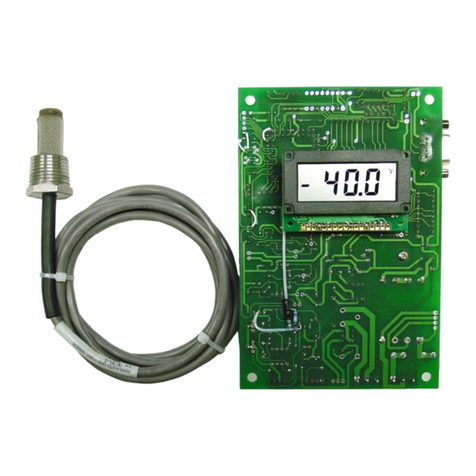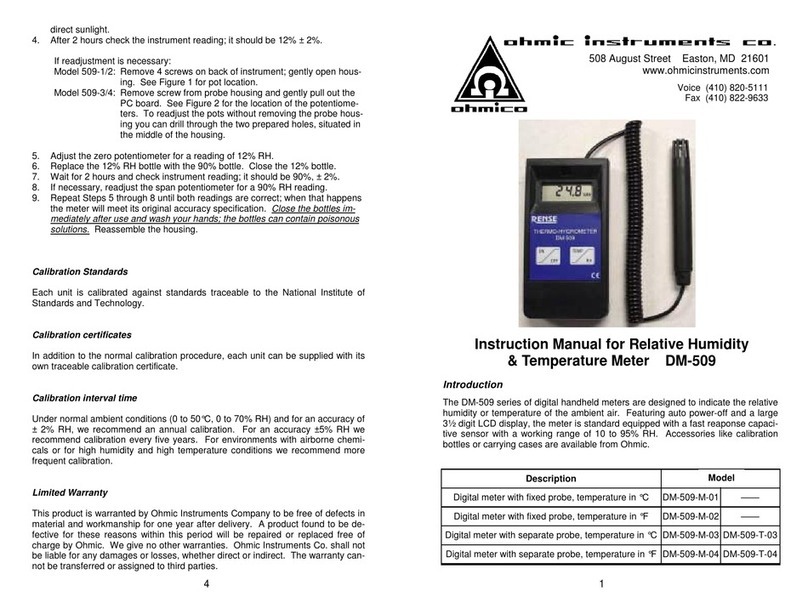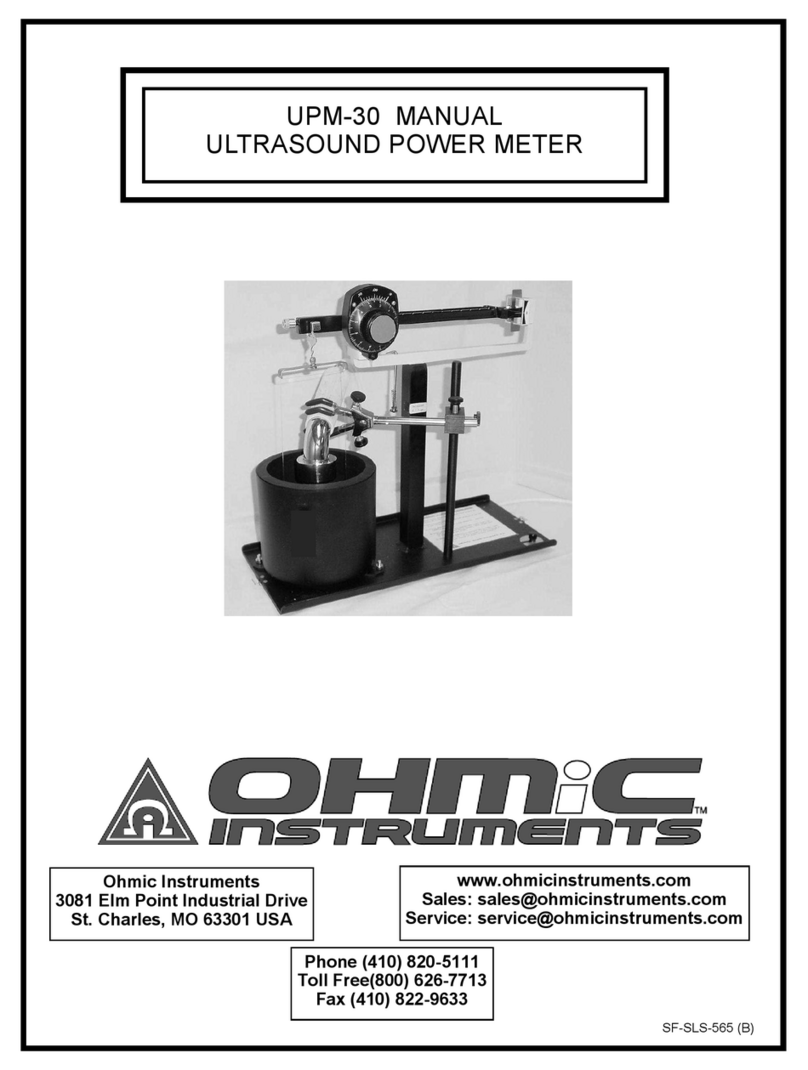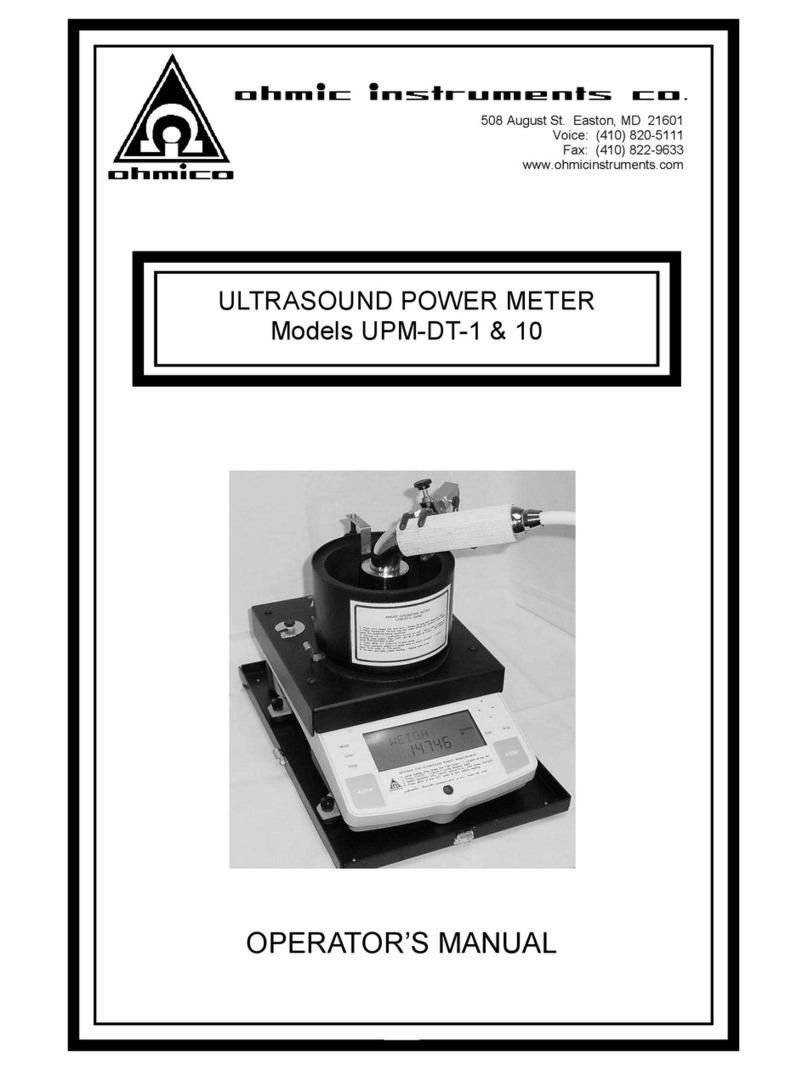2
Water as a Measurement Medium
Ultrasound propagation in water closely approximates ultrasound propagation in tissue.
Large areas in the body can consist of low attenuating material such as urine and amniotic
fluid. Other areas of the body, such as the liver, contain higher attenuating materials.
Water is used as a lower limit of the attenuation encountered in the body. This allows
measurements to represent the highest possible intensities that might be encountered in
the body. Degassed water is the widely accepted test medium for ultrasound transducers
(see AIUM/NEMA Standards Publication #UL-1-1981, SAFETY STANDARD FOR
DIAGNOSTIC ULTRASOUND EQUIPMENT).
Degassed Water
Ultrasound Power measurement accuracy is affected if the water contains more than
5-10 PPM of air. To degas, boil distilled water for 30 minutes, then seal the container
tightly and place it in a refrigerator. An alternate method of degassing water is to heat the
water to the boiling point, then pull a vacuum on it for five to ten minutes. The degassed
water storage container should be made of glass or plastic. Polystyrene containers should
not be used since they allow oxygen to permeate and degrade the water quality. Any
unsealed degassed water will absorb oxygen and affect measurement accuracy,
therefore a change of degassed water is recommended before each test. Water
temperature also affects accuracy. It is recommended to use an ambient testing
temperature of 24.0 ±3.0 °C (75.2 ±5.4 °F). Sonic energy agitates the water surface
through heating and scattering. Prolonged testing, particularly at higher power levels, will
show visible signs of air bubbles on the transducer, target, and tank lining. Replace the
tank’s degassed water before each test.
































